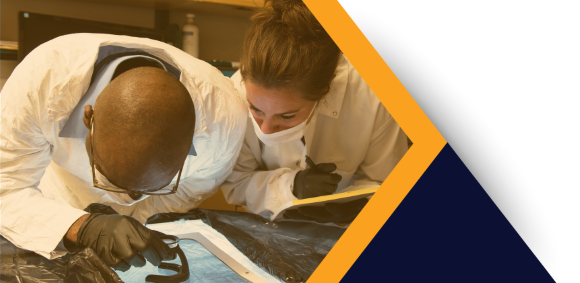Meet Timothy Erickson

Dr. Timothy Erickson
Advisor: Kristy O'Murray
Institution: Baylor College
Bio: Dr. Timothy Erickson earned his PhD in Epidemiology from the University of Texas Health Science Center and his MSPH from Texas A&M University. He is currently a postdoctoral fellow of the Intelligence Community Postdoctoral Research Fellowship Program administered through the Oak Ridge Institute for Science and Education working at Texas Children’s Hospital and the Baylor College of Medicine in Houston, Texas. His primary research interest is in the development of predictive tools for both clinical and scientific application for the identification of infectious diseases. His postdoctoral work has focused on the application of machine learning models to achieve this goal.
Abstract: Machine learning techniques have been underrepresented in infectious disease modeling. These techniques have the potential to employ readily available data to provide easy-to-use answers to some of the most difficult question in public health. After consultation with leading scientists and physicians, we identified three use cases for machine learning classification that are expected to rely heavily on socio-behavioral and geospatial factors: predicting causes of encephalitis and identifying causes of unknown encephalitis; identifying geographic areas at risk for Culex mosquitoes; and identifying COVID-19 respiratory illnesses. To accomplish this, we plan to employ a generally similar approach for each question. All testing will be conducted using a 70%/30% test-train split and cross validated ten times. The metric of interest is accuracy for class-balanced problems (encephalitis and Culex) and sensitivity for the class imbalanced COVID-19. We will employ eight individual models, then create composite models combining predictions of the most accurate models. A final application incorporating these models, in individual or ensemble, will be made available. These projects will answer scientific questions about the predictors involved in accurately modeling these diseases and provide immediate clinical and public health utility. (Approved for public release, 22-170)



